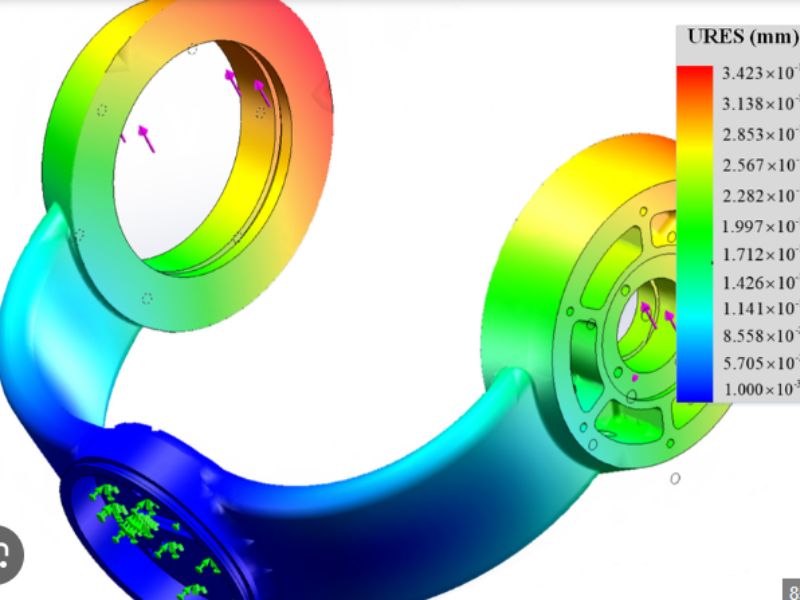How Industrial Design and Machine Design are Shaping the Future of Manufacturing
12 November 2024

Introduction: Simulation technology has transformed the way engineers approach machine design and manufacturing. By simulating real-world conditions, companies can test, tweak, and perfect designs before they’re physically created, saving time, money, and resources. Here’s a look at the top benefits of simulation in machine design.
Main Points:
Enhanced Design Optimization
Simulation enables designers to analyze different design iterations without building physical models.
Designers can optimize the machine for performance, durability, and cost before committing to a final design.
Improved Product Safety and Reliability
Simulation allows engineers to test designs under various stress conditions to predict failures and optimize for safety.
Industries like automotive and aerospace use simulation to ensure products meet rigorous safety standards.
Cost Savings and Efficiency
Simulation reduces the need for physical prototypes, which can be costly and time-consuming.
By identifying issues early, manufacturers can avoid expensive design changes later in the production cycle.
Reduced Time to Market
Simulation accelerates the design-to-manufacturing process by enabling rapid testing and adjustments.
Products can reach the market faster, giving companies a competitive edge.
Sustainable Design
Simulation tools can help engineers design energy-efficient machines that reduce waste and environmental impact.
By predicting the lifespan of components, manufacturers can design machines that are easier to maintain and more sustainable.
Conclusion: Simulation is an indispensable tool in modern machine design, helping companies build better, safer, and more efficient products. By leveraging simulation technology, manufacturers can achieve high-quality designs while minimizing costs and environmental impact.